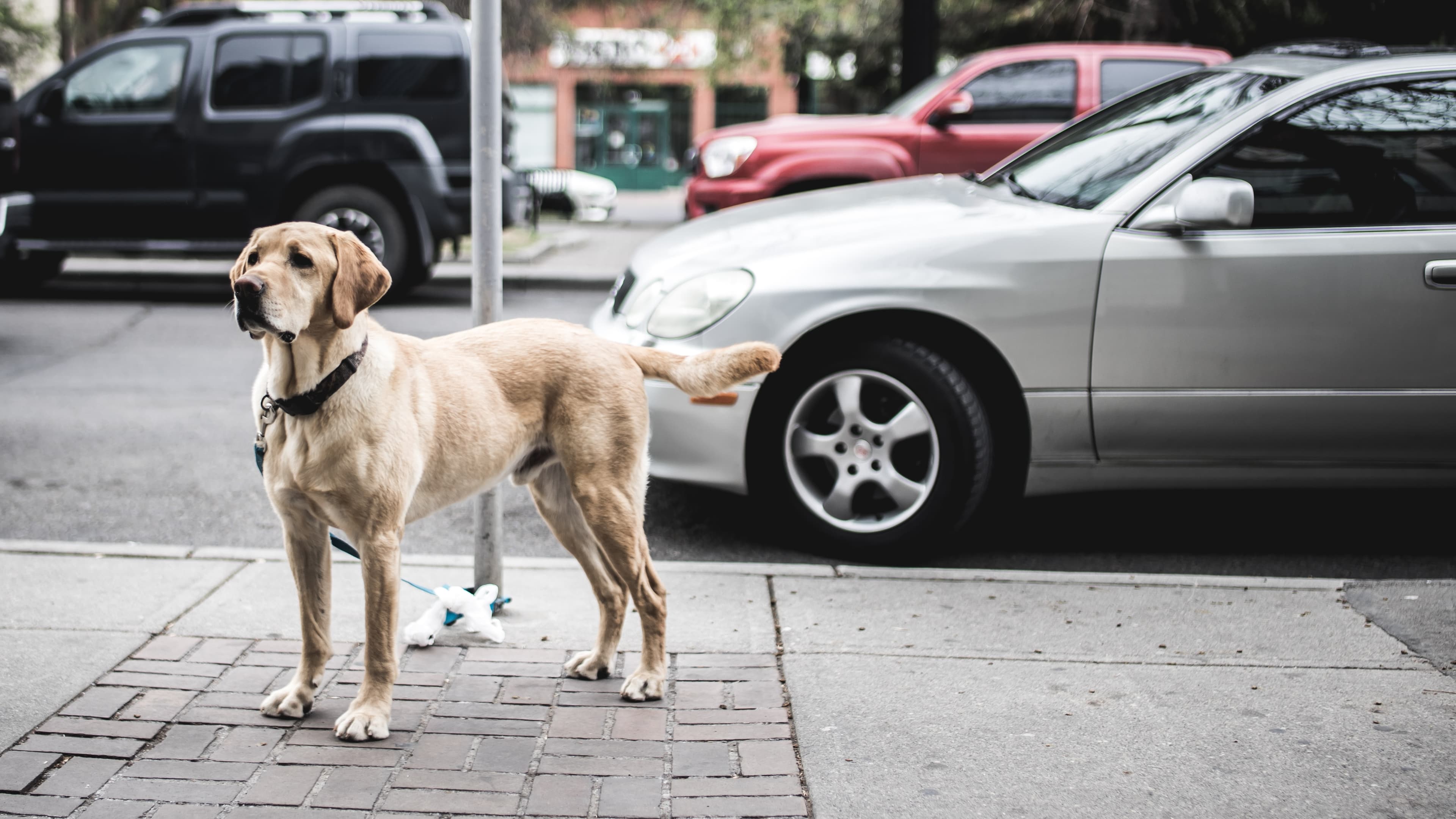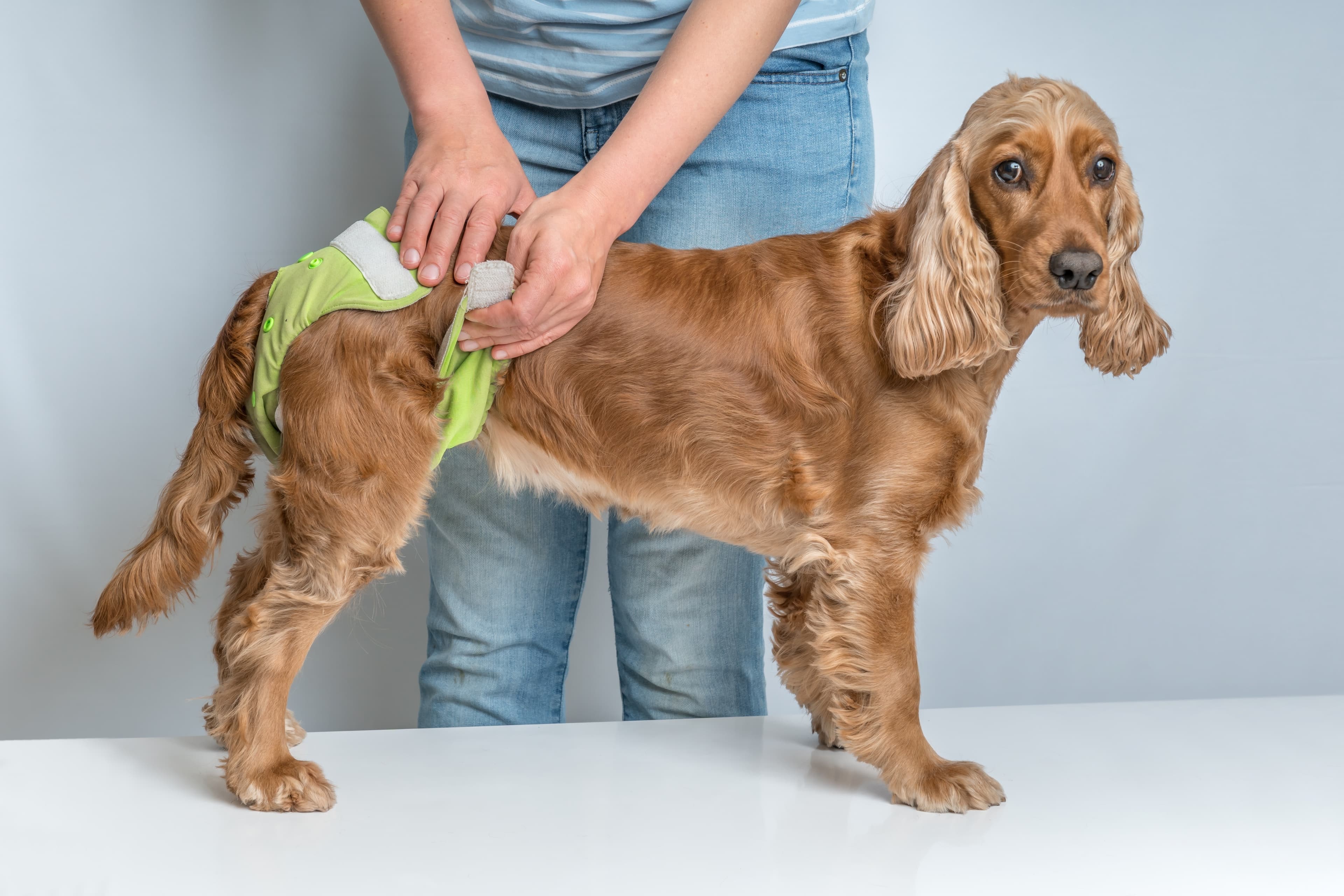Paws and tarmac
Did you know that asphalt can easily get up to +50 degrees on a summer's day? We who walk with shoes don't notice this but your dog has no shoes to wear. They walk directly on scorching asphalt and their tread pads are not as durable as we think. To easily know how hot the asphalt is, you can put your forearm against the asphalt. If it burns your arm, your dog can't walk on it either.
Burnt paws are extremely painful and it is difficult for our dogs to avoid walking on the paws even though it hurts. The burns can be minor stinging or turn into blisters that then burst and cause large wounds. If these are not treated in time, they can lead to infections and long-term pain.
Treating burns
If your dog gets burns, it's important to wash the pad immediately and bandage lightly to avoid bacteria reaching the wounded surface or the dog licking the wound. You can also put a neck cone on your dog. If your dog has major burns, you will need to see a vet for help. This is extremely painful for your dog and it may need pain relief and treatment from the vet.
Avoiding burns
As a dog owner, you have to be smart when it comes to hot asphalt. Below are some guidelines to help you avoid burning your dog's pads.
Walks take place in the early morning and late evening
Walk in the grass, on the side of the asphalt
Don't exercise your dog in the middle of the blazing sun
Take short pee breaks on hot days
Protect the dog's paws with paw guards or various creams/waxes






